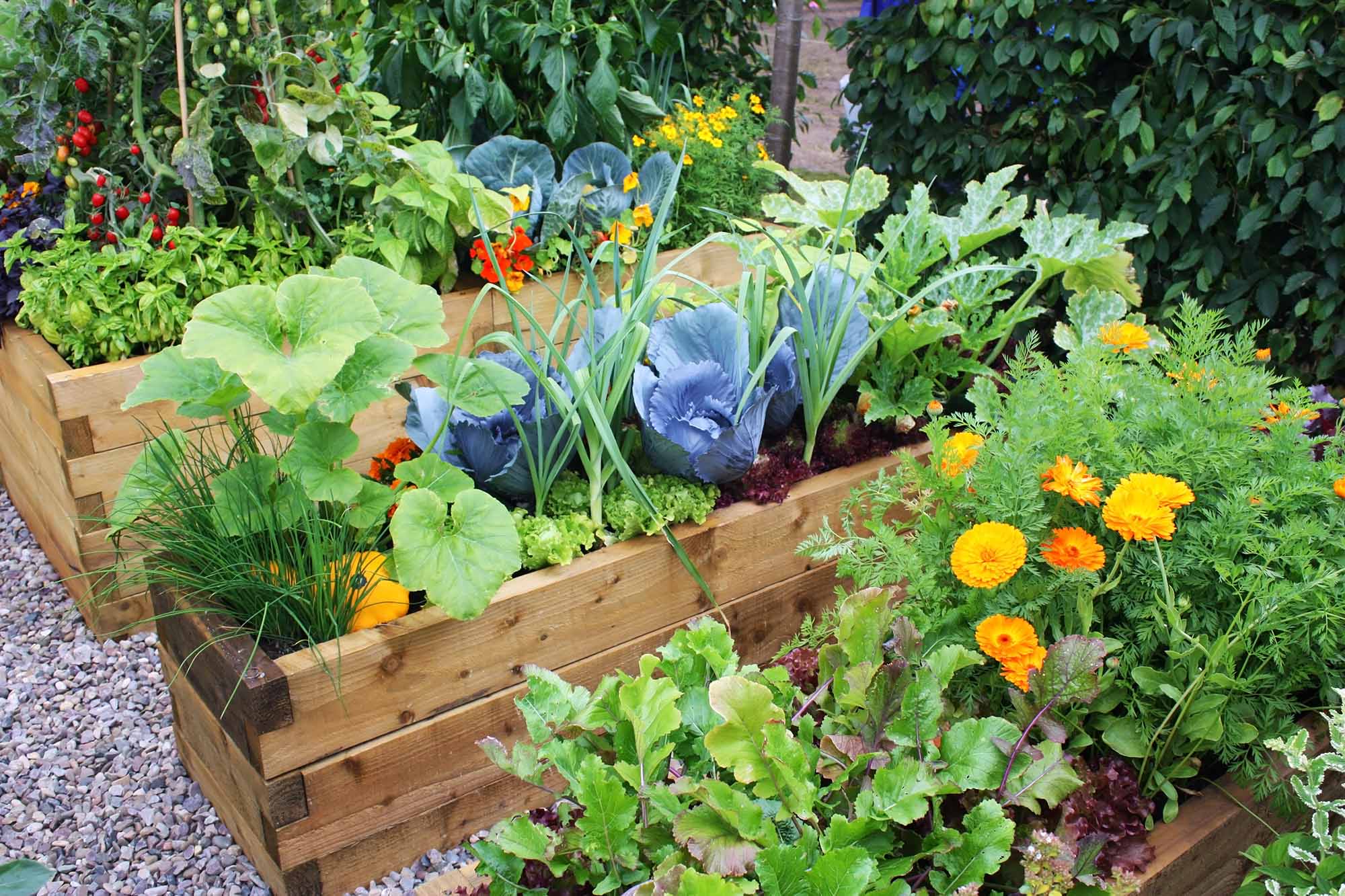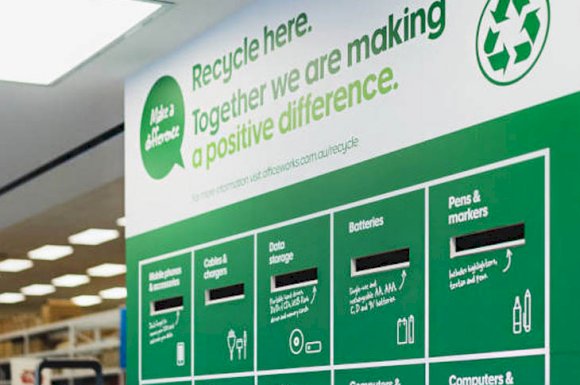First we grew an obsession with greening our workspaces, then we had a nationwide frenzy of veggie gardens popping up across our cities and suburbs.
Now we’re turning to our gardens for inner joy and to regenerate life.
Planting flowers for the bees, building healthy nutrient-rich soil, and finding moments of solace amongst nature to ease our climate anxieties.
But how are we doing this – or how can we take our first step?

Greener Spaces Better Places spokespeople reveal their top tips for keeping a sustainable garden – whether you have a few indoor pots, a herb-filled patio, or a thriving backyard of cacti and wildflowers.
1. Plant blue flowers for the bees
The garden has become a hub for encouraging lively habitats, with a huge resurgence towards saving the birds and the bees (biodiversity!). Over the past year, a survey by Greener Spaces Better Places revealed Australia’s biggest driver to buy more plants is to bring colour into the home.
Bonnie-Marie Hibbs, Horticulturist and Gardening Writer, shares her best tip for creating a more colourful and lively biodiversity hotspot.
“For bees, plant blue. There’s just something about this colour that they love. My absolute favourite is the annual species Borago officinalis. When bees take the pollen from the flower, it shifts from blue to lilac. It’s incredible to see the work of the bees happening around your garden through a shift in colour.”
2. Tap into the natural air conditioning of nature with a little DIY
Greening our homes and neighbourhoods with plants, shrubs, and trees, can greatly help to mitigate heat. Embrace the natural air conditioner of nature by planting at the base, the sides, and overhead to create cooling pockets of shade that last long term.
Tammy Huynh, Horticulturist and Plant Stylist, says,
“All sorts of non-traditional vines are being used to grow overhead green cover, like pumpkins or zucchini. For those wanting to maximise their space, you can get a green roof plus your produce. For something more long-term, the native Hardenbergia or false sarsaparilla [hardenbergia violaceae] bursting into lilac flowers, is an all-time favourite. Once established, it’s resilient to dry summers. Other options include star jasmine [trachelospermum jasminoides] or native wisteria [hardenbergia comptoniana].”
3. Spruce up your soil for healthier plants and a healthier you
Sabrina Hahn, Gardening and Soil Expert tells us,
“People are understanding the nutrition in their food comes down to the quality of the soil. We’re being overrun with home gardeners getting into compost, the worm farm, and the manure, all in favour of transforming waste into a force for building up the physical makeup of their soil so their plants can access more nutrients, and deliver it to their food.”
So if you’re ready to regenerate your soil for more nutrient-dense food, here’s a handy preparation checklist. Take it to your local nursery to find out more:
- Organic waste from the kitchen (contains nitrogen)
- Paper, toilet rolls, dried fallen leaves (contains carbon)
- Put these in your compost or worm farm to transform it into food for your plants
- Combine your compost with organic soil (from your local nursery)
- Then cover with mulch to retain moisture in the soil and protect microscopic fungi and bacteria (your local nursery can help you with this)
4. Spend time in the garden as a salve for eco-anxiety
Sally Gillespie, Climate Psychologist says, “In Australia, we are on the frontline of climate catastrophes. The enormity of the climate crisis can change our sense of the world and ourselves.”
But how can we relieve this anxiety on a day-to-day basis? It’s about finding your own way of connecting with the natural world, Sally shares. “For a good majority of people, that means being the practical gardener who pays attention, learns, plants pollinators, and gets their hands in the soil. For others, it’s meditating under a tree.”
If you don’t have access to an outdoor space, the Greener Spaces Better Places Simple Science shows you can boost your mood and well-being simply by bringing more plants indoors:
- Pop a few potted plants of low-light tropical greenery in shadier spots
- Place coloured flowers in areas with sunlight
- Grow herbs near open windows where the scent will waft through the house


